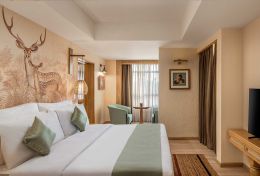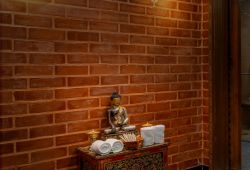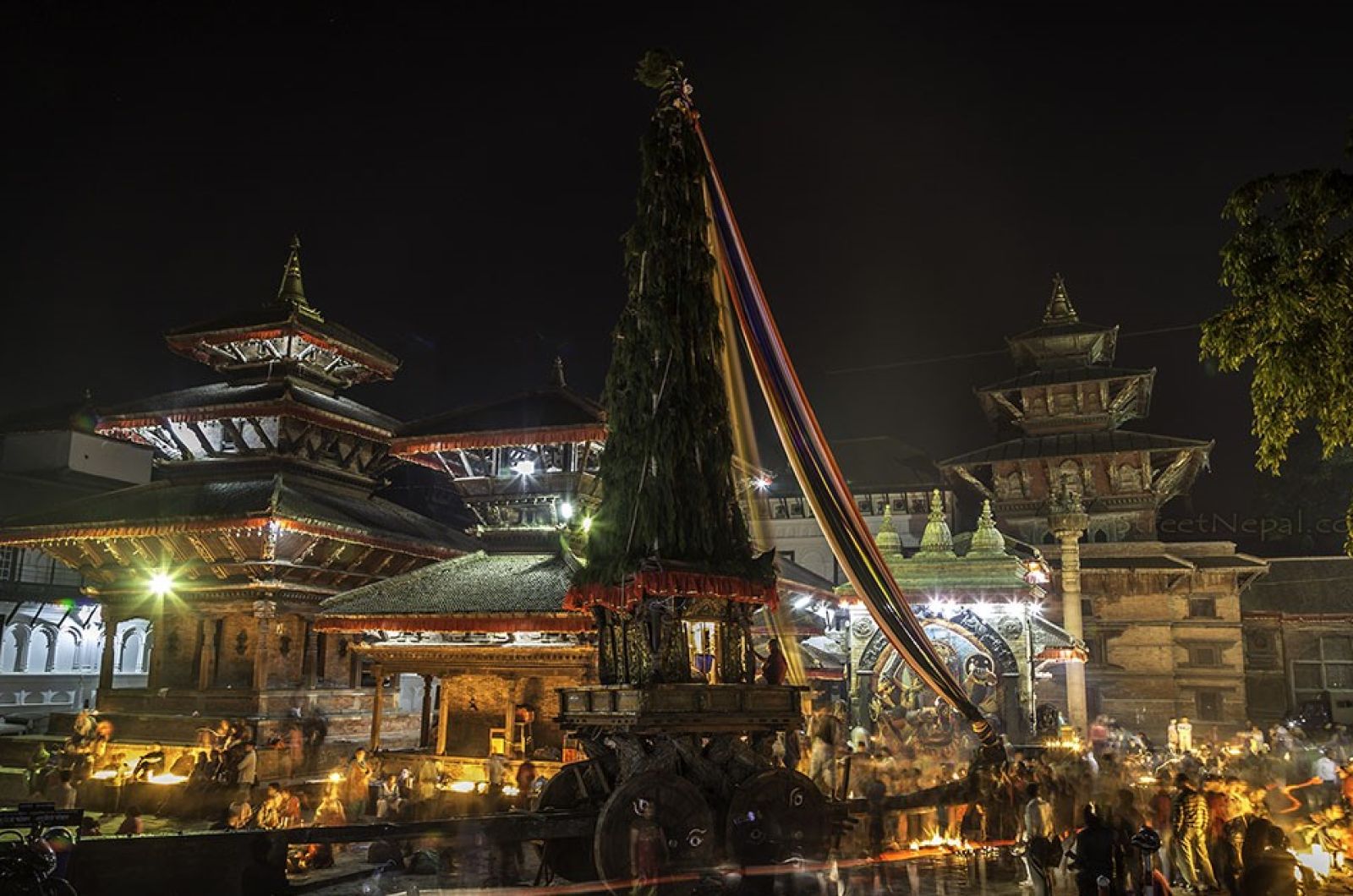The Ultimate Guide to Everest Base Camp Trek: Tips, Routes, and Highlights

Introduction to Everest Base Camp Trek
Everest Base Camp is a destination that entices adventurers from all around the world with its extraordinary beauty and the most breathtaking landscapes. Nestled amidst the Himalayas, this camp serves as the launchpad for climbers embarking on the ultimate challenge of summiting Mount Everest. The journey is also an unforgettable odyssey of self-discovery and endurance through rugged terrain, dense rhododendron forests, ancient Sherpa villages, and vast glacial valleys.
As you move along the trail, adventurers are greeted by a panorama of majestic peaks including Everest towering above like silent sentinel. Standing at 5,364 meters above sea level, completing the EBC trek is a testament to one’s mental and physical resilience.
In this blog, we will delve into the essential aspects of preparing for the trek which include packing essentials, obtaining permits, fitness training, day-by-day itinerary, and tips for a successful trek. Everest Base Camp Trek is not merely about reaching the destination as you forge a deep connection with nature and with themselves leaving an indelible mark on their souls.
Preparing For the Trek
Everest Base Camp Trek is nothing like the other trekking routes our beautiful country Nepal has to offer. EBC is a sanctuary for nature lovers offering an experience that is as profound as it is unforgettable and preparing for this journey requires careful consideration of many factors.

The EBC trek demands a good level of physical and mental fitness due to its challenging trail and high altitude. Trekkers are advised by guides and trainers to engage in hiking, cycling, jogging, legs and upper body strengthening exercised to build endurance. Besides body training, durable gears are equipment that plays a vital role in the journey. Here is a list of few things trekkers need during for the journey:
- A sturdy pair of trekking boots with good ankle support for navigating through rocky trails.
- Moisture-wicking base layers, waterproof outer layers, and insulating mid-layers for fluctuating temperatures.
- Trekking poles, high quality warm sleeping bags, a headlamp, sunglasses, comfortable backpack, and a refillable water bottle for hydration.
- Obtain the two essential permits: the Sagarmatha National Park Entry permit and the Khumbu Pasang Lhamu Rural Municipality Entry permit along with a Trekker’s Information Management System (TIMS) card whose process may vary on current regulations
- For foreigners, valid travel documents including their passports and visas to enter Nepal are necessary.
After all the preparations are done, trekkers should look for an optimal time for the journey. For EBC trek, the pre-monsoon (spring) and post-monsoon (autumn) seasons are perfect. The spring time from March to May offers a full rhododendrons bloom with clear skies and mild temperatures, while, autumn i.e. September to November boasts excellent visibility of the Himalayas, vibrant landscapes with stable weather conditions.
Routes To Everest Base Camp
The Everest Base Camp trek is a 12 days long adventure filled 130 km journey through Namche, Tengboche, Dingboche, Lobuche, to the base camp with the most breathtaking landscapes. Down below is a details overview of the trail:
- The hike begins at the capital city of Nepal, Kathmandu from where trekkers typically fly to Tenzing-Hillary Airport in Lukla. It is one of the world’s most challenging airports and the journey till there is a thrilling experience on its own.
- From Lukla, trekkers descend to the Dudh Koshi river and follow the trail through alluring Sherpa villages, suspension bridges adorned with prayer flags, and terraced fields to Phakding village.
- The trail continues along the Dudh Koshi river and pine forests with an uphill climb to Namche Bazaar, the vibrant trading hub of the Khumbu region. Trekkers spend the day exploring Namche Bazaar and rest to adapt to the changing altitude.
- From Namche, the trail continues with stunning views of Ama Dablam and Everest through rhododendron forests to the next stop, Tengboche.
- From Tengboche, the trail takes you through forests and the Imja Khola to Pangboche, one of the highest permanent settlements in the world.
- Trekkers can witness Lhotse, Island peak, and other surrounding peaks on their journey from Pangboche to Dingboche.
- After reaching Dingboche, travelers spent the night for full body rest or for few hours and hike to Chukkung Valley for the night.
- The journey from Dingboche to the next settlement, Lobuche is through the Khumbu Glacier moraine. Lobuche is basically the second last settlement before the base camp.
- From here, trekkers hike to Gorak Shep, the last settlement and to the Everest Base Camp which is located at the foot of the Khumbu Icefall.
Some trekkers even hike to Kala Patthar for a panoramic view of Everest and the surrounding peaks before returning to Gorak Shep. Once the base camp is reached, travelers retrace their way back to Lukla following the same route they went uphill. The EBC trek concludes with a scenic flight back to Kathmandu.
Highlights and Attractions Along The Way
The journey from the capital to the base camp offers a blend of breathtaking scenery and enriching cultural experiences. One of the main highlights is the Namche Bazaar itself. With several compelling reasons, Namche Bazaar serves as the unofficial capital of the Khumbu region offering tekkers a vibrant and bustling hub amidst the tranquility of the Himalayas.

The unique blend of Sherpa culture and modern amenities is one of the key attractions of this place. Here, trekkers can explore ancient monasteries, traditional Sherpa architecture, and immerse themselves in the rich cultural heritage of the region.
Another highlight of the trek is the Everest View Hotel which is situated above Namche. This place offers panoramic vistas of the Himalayas including Everest, Ama Dablam, and Lhotse. Likewise, Tengboche Monastery is also one of the key highlights with its awe-inspiring views. Nestled atop a hill, this monastery is renowned for its serene ambiance, architecture, and traditional Buddhist ceremonies.
During this journey, you can explore and immerse yourself with the Sherpa culture, experience their warm hospitality, and learn about their customs and traditions. The trail not only offers mesmerizing views and scenic beauty but also provides unforgettable memories and rich cultural experience throughout the journey.
Trekking Tips and Advice
As EBC trek is one of the hardest trails, trekkers are advised to do a thorough research about the routes, trail difficulty, necessary permits and plan accordingly.
Here are some essential trekking tips and advice for the trek to help ensure a safe and enjoyable adventure:
- Packing lightly and right items keep your backpack light as much as possible.
- To prevent altitude sickness, trekkers are advised to go slow allowing their body to adjust to higher altitudes.
- Avoid caffeine and alcohol and stay hydrated as much as possible.
- Research about the symptoms of altitude sickness such as headache nausea and dizziness beforehand.
- Trekkers are advised to carry altitude sickness medication for emergency.
- If you’re a first-timer, consider hiring a porter for carrying your backpack and a local guide who is familiar with the region for valuable insights about the trail, weather conditions, and their culture.
- Prioritize safety at all times and avoid hiking alone in remote areas. You should be cautious while crossing rivers, streep terrain, and be respectful of the wildlife.
- Be respectful of the locals and the environment by staying on designated trails, pack out all trash like food scraps and plastics to dispose it at porper disposal sites.
When trekkers follow the tips and advice during the trek, it ensures personal safety and well-being while contributing in the preservation of the ecosystem, wildlife, the local community, and their cultural resources.
Everest Base Camp Experience
Besides the scenic beauty and breathtaking views, Everest Base Camp trek is a journey with a seamless blend of anticipation, challenges, natural beauty, and cultural immersion demanding both physical and mental endurance.
The base camp is a rugged beauty surrounded with awe-inspiring landscapes, the iconic Khumbu Icefall, and the Himalayas. Settled at the height of 17,000 feet, at the base camp, you’re welcomed with a breathtaking panorama of towering peaks including the Everest, colorful tents set up by various expedition teams, and celebration.

Although the whole journey is filled with memorable moments, the panoramic view of the sunrise over Mount Everest from Kala Patthar tops it all. The breathtaking views, warm hospitality, unique Sherpa customs, and traditions also adds depth to the experience. Besides this, the bond formed with fellow trekkers within the short period, sharing stories, and experiencing the journey together also creates lasting memories and bonds.
And the sense of accomplishment after reaching the camp by overcoming both physical and mental challenges, highs and lows, leaves a trekker enriched and transformed. The journey to the base camp also awakens self-discover and resilience.
Post-Trek Retreat At South Col. Bar Of Varnabas Museum Hotel
After the exhilarating journey to the base camp, South Col. bar at Varnabas Museum Hotel is the perfect spot to relax and unwind the adventure. Named after a pass between Mount Everest and Lhotse, South Col. serves as an oasis for relaxation and rejuvenation. The tranquil ambiance provides a cozy atmosphere with a spectacular space and breathtaking city views.
At Varnabas, guests can relax their fatigued body while sipping on indigenous alcohols like Jhwaikhatte, Tho, and Tinpane and take refreshing dip in the heated swimming pool, Gokyo. Guests can relief their sore bodies with a good soak in the pool’s soothing water and be delighted in the sense of accomplishment from their EBC journey.
In addition to refreshing drinks and dips in the pool, Varnabas also offers a wide variety of cuisine perfect for satisfying post-trek cravings. Guests can enjoy flavorful appetizers and full-course meals prepared using locally sourced high quality ingredients. Trekkers can enjoy a post-journey retreat like no other place at Varnabas Museum Hotel and with South Col. and Gokyo swimming pool, it feels like ecstasy.









